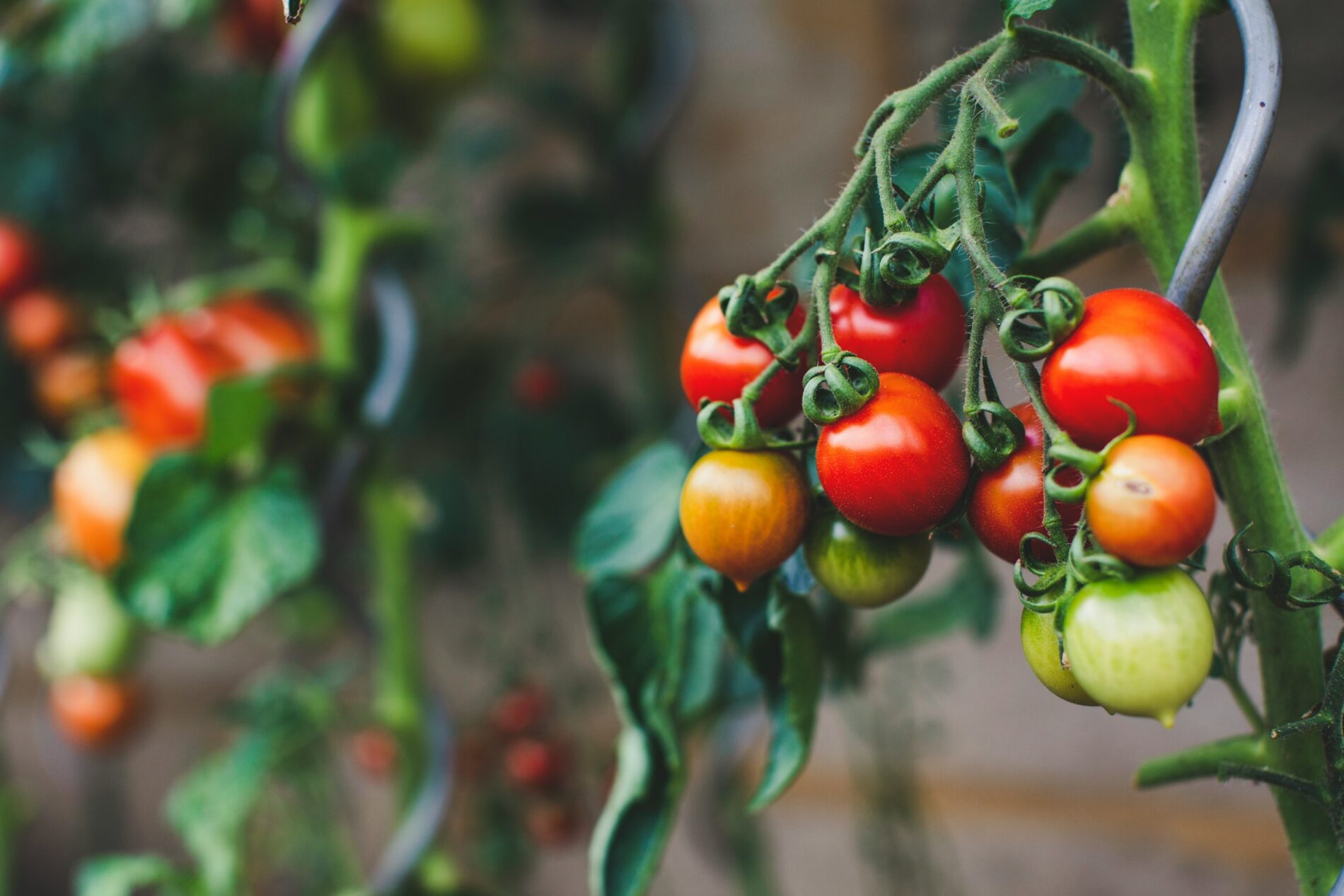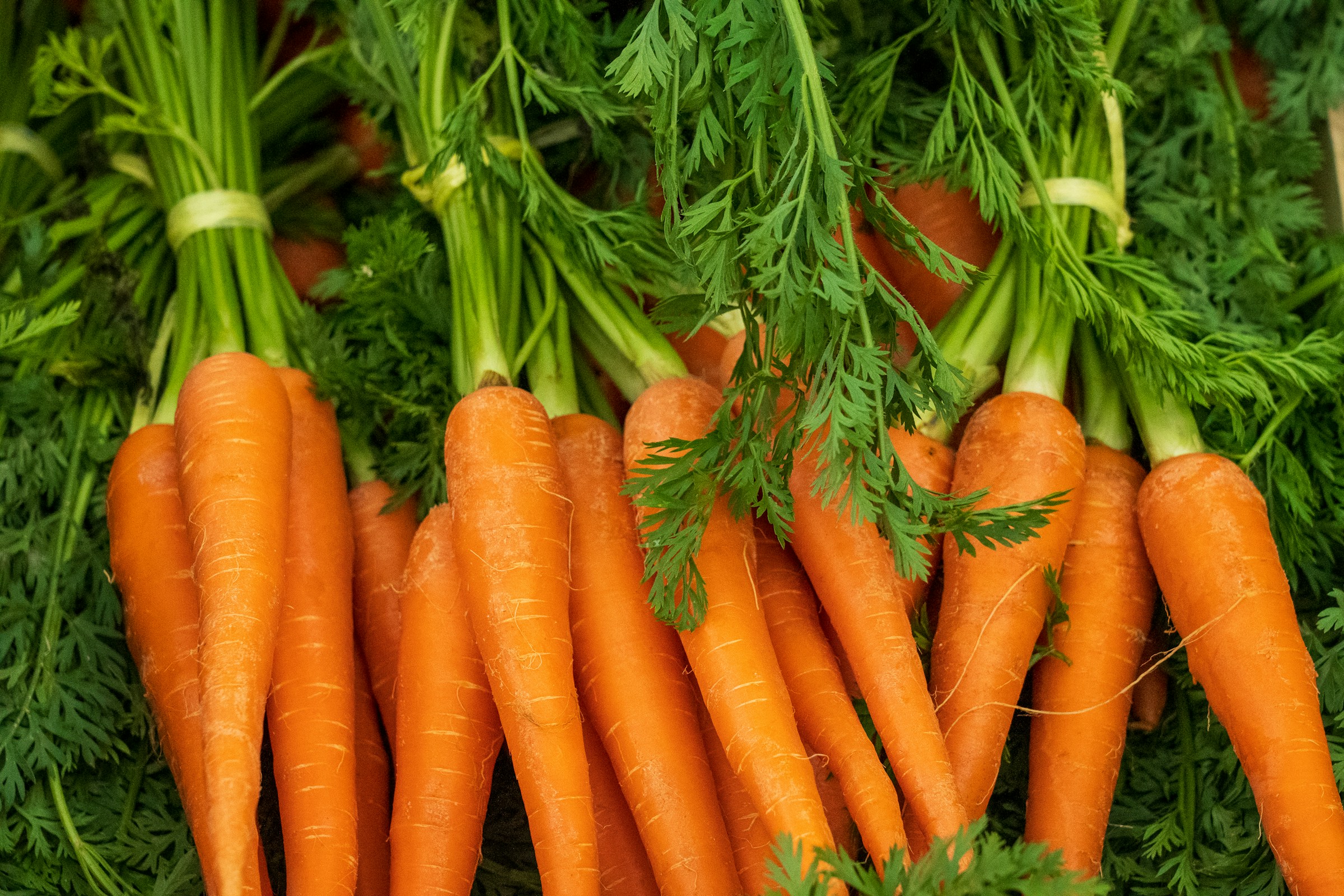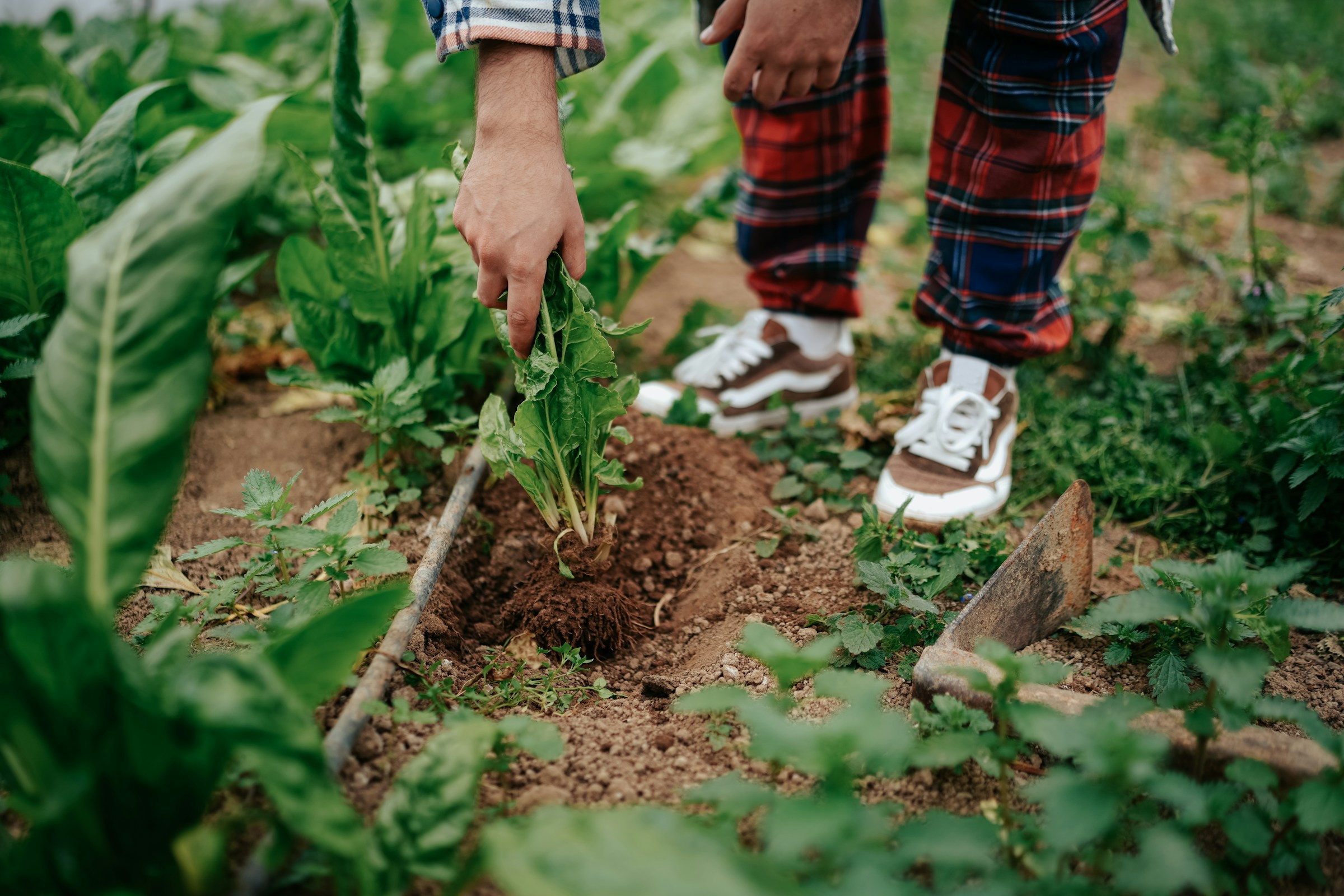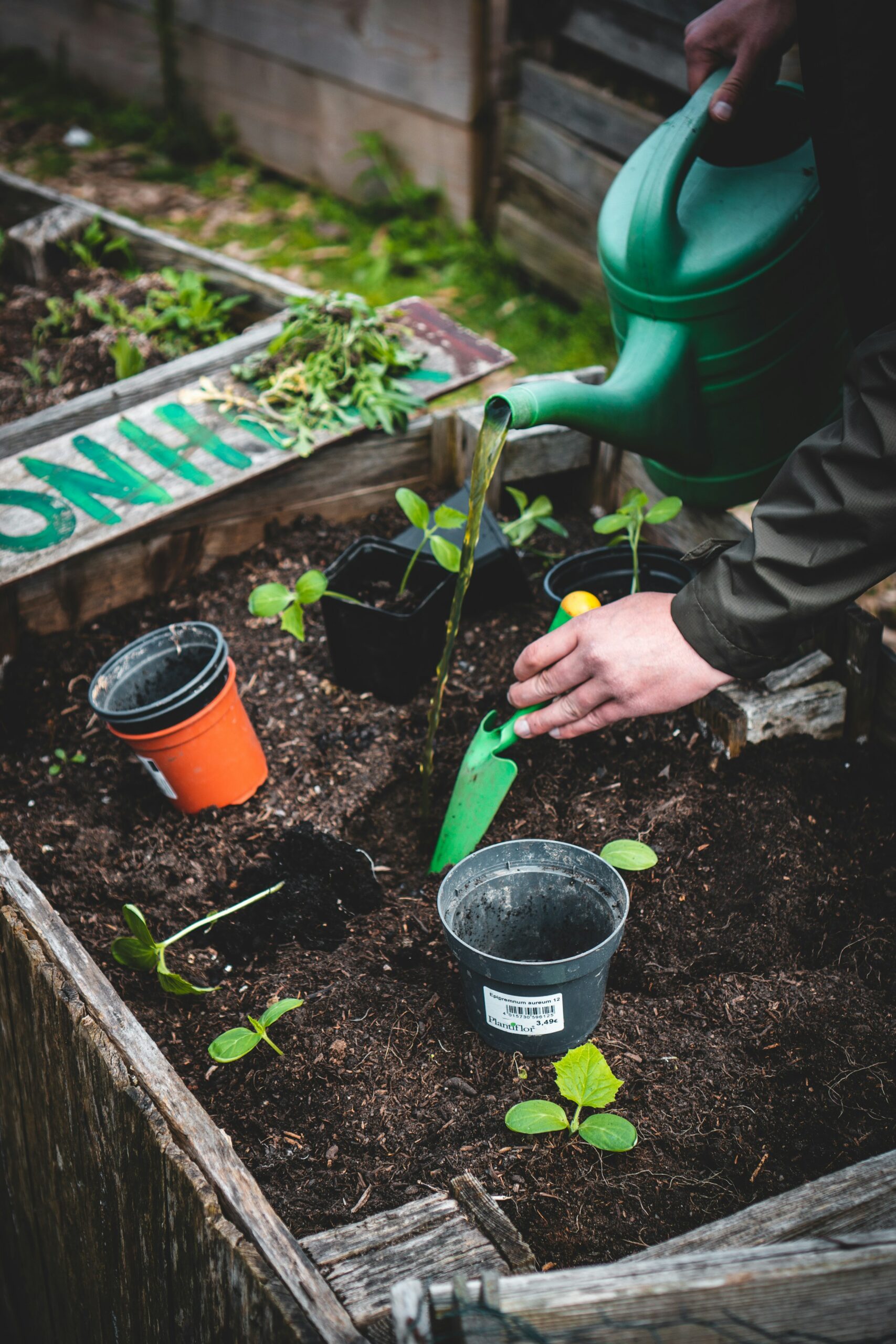Companion planting is like hosting a garden party where everyone brings a friend that complements their qualities, ensuring the party succeeds. When done correctly, this age-old practice can significantly deter pests and enhance pollination, making your garden a collection of plants and a thriving ecosystem.

Understanding the Basics of Companion Planting
Companion planting involves strategically placing certain plants together to benefit each other in various ways. For instance, tall plants can offer shade for sun-sensitive shorter plants, while some ground covers can suppress weeds, acting as a living mulch. Understanding plant compatibility, diversity, and the importance of crop rotation and succession planting are critical principles of companion planting.
Examples that Highlight the Power of Companionship:
- Tomatoes and Basil: This pair is a garden favourite not just for their complementary flavours in the kitchen but also for their mutual benefits in the garden. Basil emits a strong scent that repels pests such as aphids, which can harm tomatoes. Additionally, it's believed that basil can improve the flavour of tomatoes when grown in proximity.
- Carrots and Onions: The pairing of carrots and onions is based on the principle of mutual pest deterrence. Onions can deter carrot flies, which are attracted to the scent of carrots and can cause significant damage to the crops. The pungent smell of onions masks the scent of carrots, making it harder for carrot flies to locate their target. Meanwhile, carrots can provide a kind of shade for onions, helping to suppress weeds that might compete for resources.
- Cabbage and Nasturtiums: Nasturtiums serve as a trap crop for cabbage pests, such as cabbage white butterflies and aphids, by attracting these pests away from the cabbage. This method protects the cabbage from being eaten or damaged by these pests. Nasturtiums are effective in this role due to their bright flowers and distinct scent, which are more attractive to pests than the cabbage itself.
- Cucumbers and Radishes: Radishes are planted near cucumbers to act as a decoy for cucumber beetles, pests that can cause serious harm to cucumber plants. The radishes attract the beetles to themselves, away from the cucumbers, thereby reducing damage to the cucumber crop. Furthermore, radishes can help break up the soil, which benefits the cucumber plants by creating better-growing conditions.
Bringing in the Bugs: The Role of Beneficial Insects
Companion planting, a practice as old as agriculture, is critical in attracting beneficial insects to your garden. This technique isn't just about pest control; it's also about creating a balanced ecosystem where helpful bugs thrive, providing natural defences against common pests.
The Power of Flowers and Herbs
Incorporating specific flowers like calendula, cosmos, and marigolds into your garden does more than beautify the space. These plants have a secret weapon: they attract tiny parasitizing wasps and hoverflies that prey on aphids, a shared garden pest. Marigolds, in particular, are renowned for their ability to draw in various beneficial insects that help keep pest populations in check.
By introducing a diverse range of plant species, you enhance your garden's visual appeal and provide a habitat for predator insects. These natural predators manage pest populations effectively, reducing the need for chemical interventions. Creating varied habitats is crucial for attracting beneficial insects like ladybugs, lacewings, and parasitic wasps, significantly controlling aphids, mites, and other pests.
Experimentation Leads to Discovery
Companion planting is vast and varied, with countless combinations to explore. However, not all advice on companion planting is backed by rigorous scientific research, and what works in one garden might not work in another. This variability is why experimentation and observation are key. By trying different plant combinations and observing the results, gardeners can discover what works best in their specific conditions, adjusting their strategies accordingly to achieve the best outcomes.
Strategies to Enhance Your Companion Planting Efforts
Vertical Gardening
Vertical gardening is not just a space-saving technique; it's also a way to diversify the plant environment. Climbing plants like beans utilize vertical space efficiently and provide shade for more sensitive plants below. This can create a cooler microclimate beneficial for specific crops and beneficial insects alike.
Embracing Polycultures
Polycultures, or the planting of multiple species, are at the heart of companion planting. This approach mimics natural ecological processes and leads to a more resilient garden ecosystem. A diverse garden attracts a broader range of beneficial insects and can improve soil health and plant vitality.
Companion Planting Guilds
Creating companion planting guilds involves grouping plants that support each other in various ways. It can include combinations where one plant repels pests naturally found on another or where one plant provides necessary shade or structural support for another. Guilds are designed to mimic natural ecosystems, providing mutual benefits such as nutrient provision, pest control, and enhanced pollination.
The Bottom Line:
Companion planting is a gardening technique and philosophy that emphasizes cooperation and mutual support. By embracing this approach, gardeners can create more sustainable, productive, and vibrant gardens.
Frequently Asked Questions:
Can companion planting guarantee a pest-free garden?
While it significantly reduces pest populations, it's not a silver bullet. Other pest management practices may still be necessary.
How do I start with companion planting?
Begin by researching plants that complement each other well and considering your garden's specific conditions. Start small with a few proven pairings and expand as you gain experience.
Are there plants that shouldn't be paired together?
Yes, some plants can inhibit the growth of others or attract the same pests, so it's important to research plant compatibilities.




